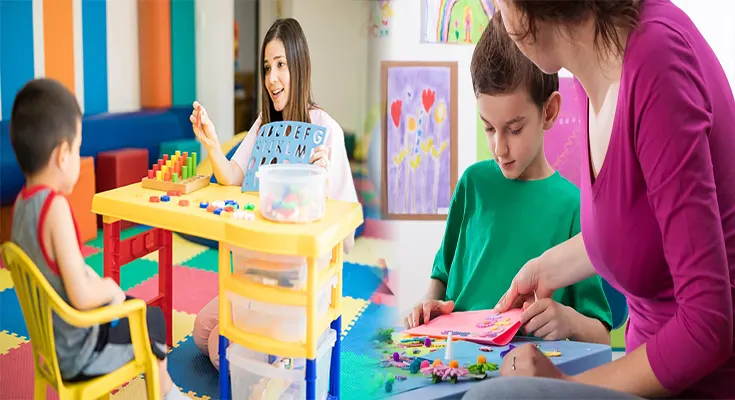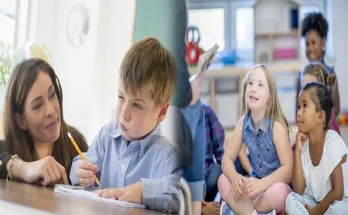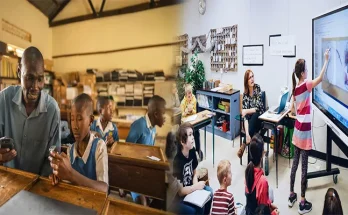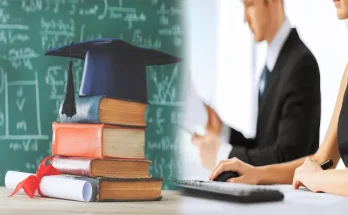Teaching special education students requires a thoughtful and tailored approach to ensure that each student receives the support and tools necessary to thrive academically and personally. Educators who work with special education students must be equipped with effective teaching strategies that address the diverse needs and learning styles of their students. Here are some key strategies that have proven to be effective in teaching special education students.
1. Individualized Education Plans (IEPs):
Individualized Education Plans are crucial documents that outline the specific learning needs and goals of each special education student. These plans are developed collaboratively by educators, parents, and specialists, and provide a roadmap for designing a tailored educational program that meets the unique needs of each student. By implementing IEPs, educators can ensure that instruction is personalized to address a student’s strengths, challenges, and long-term objectives.
2. Differentiated Instruction:
Differentiated instruction involves adapting the content, process, and product of learning to accommodate the diverse learning needs of students. In the context of special education, this means offering multiple pathways for students to understand and engage with the material. Educators can adjust the pace, depth, and complexity of the content, as well as provide alternative methods of demonstrating understanding, in order to meet the individual needs of each student.
3. Multisensory Instruction:
Special education students often have diverse learning styles, and employing multisensory instruction can be highly effective in engaging them in the learning process. This approach incorporates visual, auditory, kinesthetic, and tactile elements into lesson plans, allowing students to process information through a variety of sensory channels. By providing multiple entry points for learning, educators can create an inclusive environment that supports students with different learning preferences.
4. Positive Behavior Support:
Many special education students may require additional support in managing their behavior and emotions. Implementing positive behavior support strategies involves recognizing and reinforcing positive behaviors, teaching students self-regulation skills, and creating a supportive and inclusive classroom culture. By focusing on positive reinforcement and teaching students to self-regulate, educators can help to create a conducive learning environment for special education students.
5. Assistive Technology:
Integrating assistive technology into the classroom can significantly enhance the learning experience for special education students. Whether it’s text-to-speech software, graphic organizers, or alternative input devices, technology can provide students with the tools they need to access the curriculum, express their understanding, and participate more fully in educational activities.
6. Collaboration and Communication:
Effective teaching for special education students requires close collaboration and communication among educators, parents, and support staff. Regular communication ensures that everyone involved in a student’s education is aligned in their approach and can share insights and strategies that have proven effective. By working collaboratively, educators can leverage a diverse set of skills and perspectives to best support the learning and development of special education students.
Effective teaching strategies for special education students encompass individualized education plans, differentiated instruction, multisensory approaches, positive behavior support, assistive technology, and collaborative communication. By implementing these strategies, educators can create a supportive and inclusive learning environment that addresses the diverse needs of special education students and empowers them to reach their full potential.





